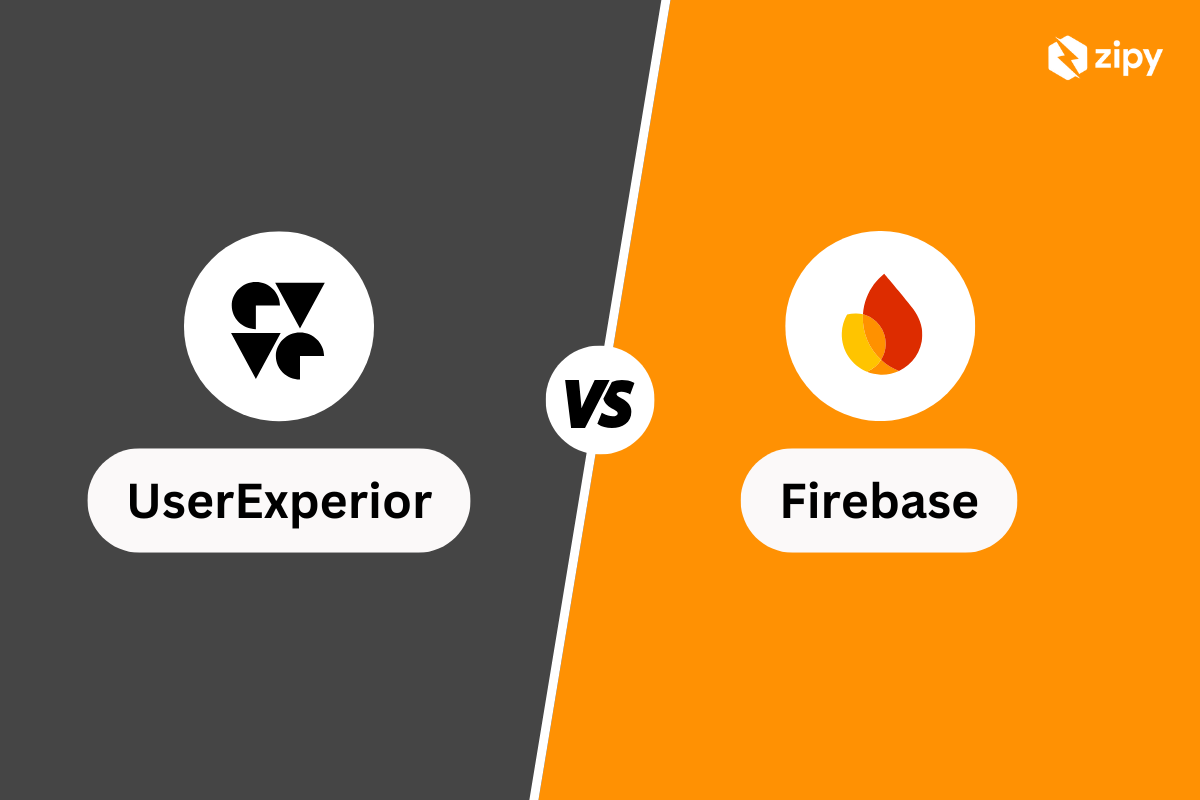Introduction
AngularJS is a powerful framework that has revolutionized the way developers build web applications. However, with great power comes great responsibility, including the need to tackle various types of errors that can emerge, such as range errors. Range errors in AngularJS can be particularly tricky, often leading to application crashes or unexpected behavior. This article aims to guide you through identifying, understanding, and resolving range errors in AngularJS, ensuring your applications run smoothly.
Catch errors proactively with Zipy. Sign up for free!
Try Zipy now
Understanding Range Errors in AngularJS
Range errors in AngularJS occur when a number is outside its allowed range. This could be due to infinite loops, improper use of recursive functions, or exceeding stack call limits. Recognizing the signs and understanding the root cause is crucial for effective debugging.
Scenario 1
Error Code
$scope.calculateFactorial = function(number) {
if (number === 0) {
return 1;
} else {
return number * $scope.calculateFactorial(number);
}
};
Corrected Code
$scope.calculateFactorial = function(number) {
if (number === 0) {
return 1;
} else {
// Corrected recursive call to decrease the number
return number * $scope.calculateFactorial(number - 1);
}
};
Solution Summary
The initial code caused a range error due to an infinite recursive call without a base condition to break the loop. Correcting the recursive function to decrement the number with each call solves this issue.
Scenario 2
Error Code
$scope.numbers = Array(1e9); // Attempting to create an array with a billion elements
Corrected Code
$scope.numbers = []; // Start with an empty array
// Use a loop or other logic to add elements in a controlled manner
Solution Summary
Creating extremely large arrays or objects in JavaScript can lead to range errors due to memory limitations. Initiating arrays or objects with reasonable sizes and dynamically managing their growth helps prevent these errors.
Scenario 3
Error Code
for (var i = 0; i < 3; i--) {
// Incorrect decrement leads to an infinite loop
console.log('Infinite loop');
}
Corrected Code
for (var i = 0; i < 3; i++) { // Corrected the increment
console.log('Looping');
}
Solution Summary
Improperly configured loops, such as those with incorrect increment or decrement conditions, can cause range errors by creating infinite loops. Ensuring loop conditions are correctly set prevents this problem.
Handling Range Errors in AngularJS
Effective handling of range errors in AngularJS involves vigilant code review, comprehensive testing, and employing best practices to avoid common pitfalls. Utilizing built-in AngularJS error handling mechanisms can also aid in identifying and mitigating these issues promptly.
Proactive Error Debugging with Zipy
To streamline the debugging process and mitigate the impact of range errors in AngularJS, consider leveraging Zipy. Zipy's proactive error monitoring and session replay capabilities offer a powerful solution for identifying and addressing runtime errors efficiently, enhancing application reliability and user experience.
Debug and fix code errors with Zipy Error Monitoring.
Sign up for free
Conclusion
While range errors can be daunting, understanding their causes and implementing strategic solutions is key to maintaining robust AngularJS applications. By adopting best practices and utilizing advanced debugging tools like Zipy, developers can ensure smoother application development and deployment processes.
Resources on how to debug and fix AngularJS errors
- 16 Angular errors you should know: Mastering Error handling in Angular
- Angular Devtool for error reporting & performance monitoring
- How to handle AngularJS Type Errors?
- How to handle AngularJS Syntax Errors?
- How to handle AngularJS Reference Errors?
- How to handle AngularJS Eval Errors?
- How to handle AngularJS Module Not Found Error?
- How to handle AngularJS Controller Not Registered Error?
- How to handle AngularJS Directive Not Found Error?
- How to handle AngularJS MinErr Error?
- How to handle AngularJS $injector:modulerr Error?
- How to handle AngularJS Controller As Not Allowed Error?
- How to handle AngularJS $rootScope:infdig Error?
- How to handle AngularJS Controller As Syntax Error?
- How to handle AngularJS Unknown Provider Error?
- How to handle AngularJS ngRepeat Duplicate Key Error?
- How to handle AngularJS Expression Is Not Assignable Error?
Frequently Asked Questions
What causes range errors in AngularJS?
Range errors typically occur when a script attempts to perform an operation that exceeds the allowable range of values.
How can I prevent range errors in my AngularJS applications?
Prevent range errors by implementing proper validation checks, avoiding excessively large data structures, and carefully managing recursive functions and loops.
Are range errors unique to AngularJS?
No, range errors are a common issue in many programming environments, not just AngularJS. They relate to the underlying JavaScript engine's limitations.
What tools can help in debugging range errors?
Tools like Chrome Developer Tools, Firefox Developer Tools, and advanced monitoring solutions like Zipy can be invaluable in debugging range errors.
Can range errors affect application performance?
Yes, range errors can severely affect application performance and may even cause the application to crash if not properly handled.
Key Takeaways
- Proper Validation: Implement checks to prevent operations from exceeding allowable ranges.
- Careful Data Management: Avoid creating excessively large objects or arrays that can lead to memory issues.
- Recursive and Loop Control:Ensure recursive functions have a base case and loops have correct conditions to prevent infinite executions.
- Use Advanced Tools: Leverage tools like Zipy for proactive error monitoring, helping to catch and resolve range errors before they impact users.
.svg)





.png)





.webp)